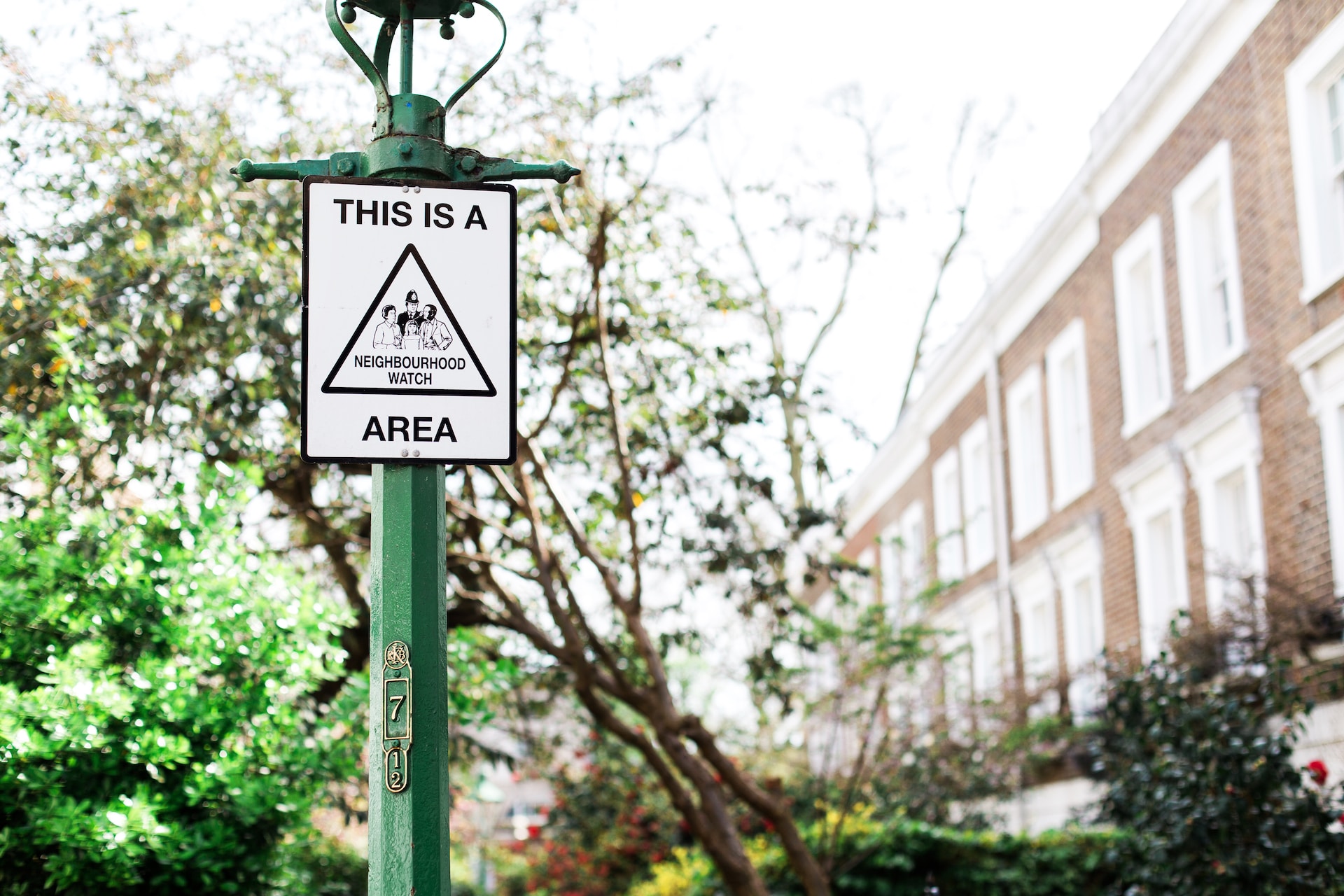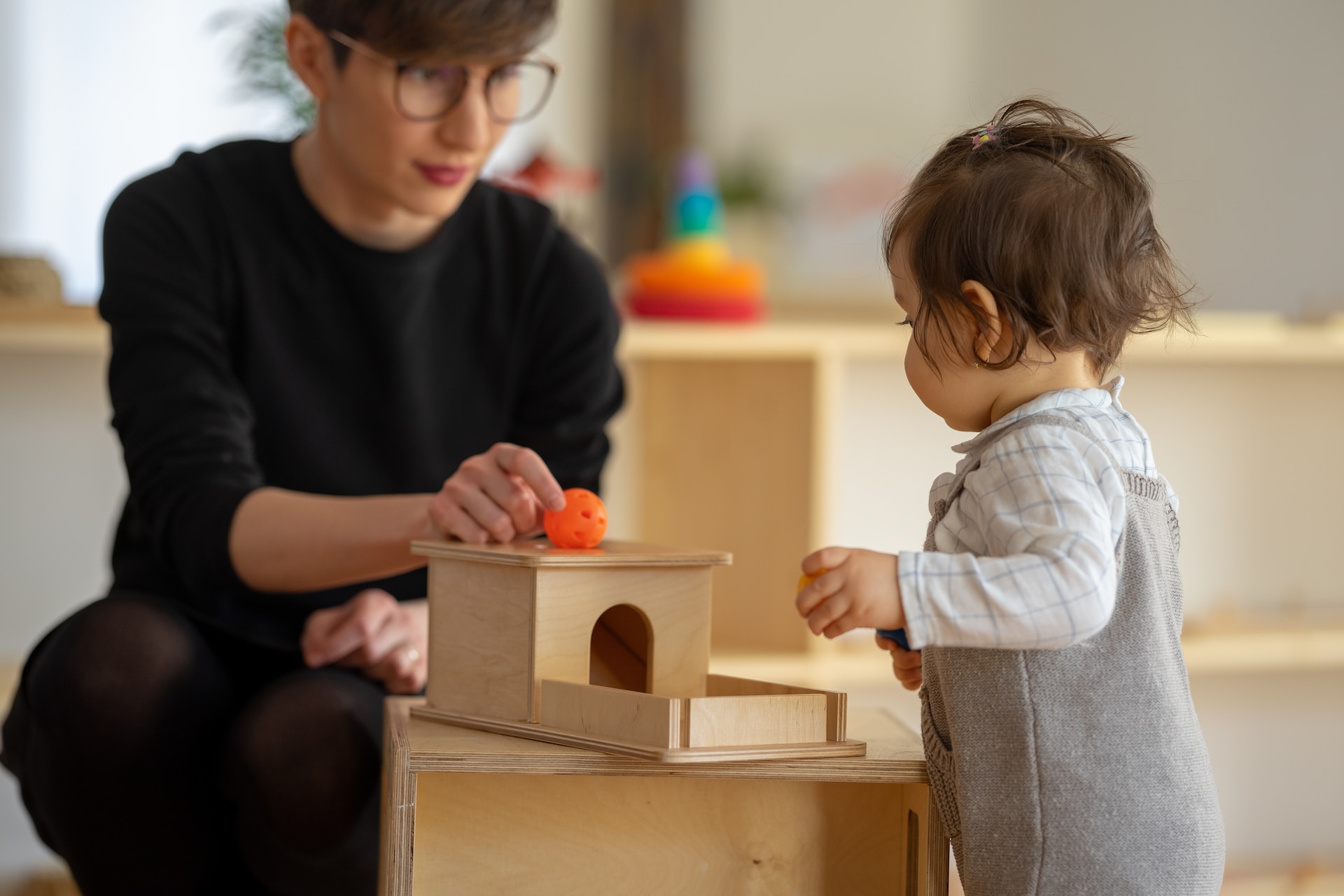Neighborhood Watch is a national program begun in 1972, which unites residents, law enforcement agencies, and private organizations to deter and prevent crime.
The modern Neighborhood Watch program is more than just an eyes and ears approach to crime prevention. Local officials have joined law enforcement and residents to create an infrastructure to protect and restore community pride. That’s because today’s neighborhood watch programs incorporate community events, like cleanup days and National Night Out, that bring residents together to improve their quality of life.
Table of Contents
- The importance of neighborhood watch for security and safety
- Neighborhood watch and crime prevention
- How to start a neighborhood watch
- Best practices for security and safety
- Security tips and gadgets
The importance of neighborhood watch for security and safety
Neighborhood watch is important for community resident security and safety. The second most common property crime in the United States is burglary, which involves someone breaking into your home. That’s why neighborhood watch is such a valuable program — it puts the power to prevent break-ins in the hands of the very people who could be victimized by them.
The basics tenets of neighborhood watch are simple:
- Look out for suspicious activity and report it to law enforcement
- Keep an eye out for your neighbors
- Create a community network through which neighbors keep each other informed
- Hold regular meetings to discuss issues and come up with solutions
Look out for suspicious activity and report it to law enforcement
The importance of this element cannot be overstated. That’s because modern policing uses databases to understand where crime occurs in the community. When they see spikes in certain areas, they can increase patrols. For example, a non-resident sitting parked in their car on your street could be there for several reasons. In and of itself, this is not a crime. They could be making a phone call or answering emails. Or maybe they’re watching to see who’s home and who isn’t with burglary in mind. If this type of event occurs frequently, it can give residents a sense of dis-ease. With reports to law enforcement leading to beefed-up patrol of the area, you send the message that your street is one where strangers are noticed and suspicious behavior is reported. This leads to fewer break-ins.
Keep an eye out for your neighbors
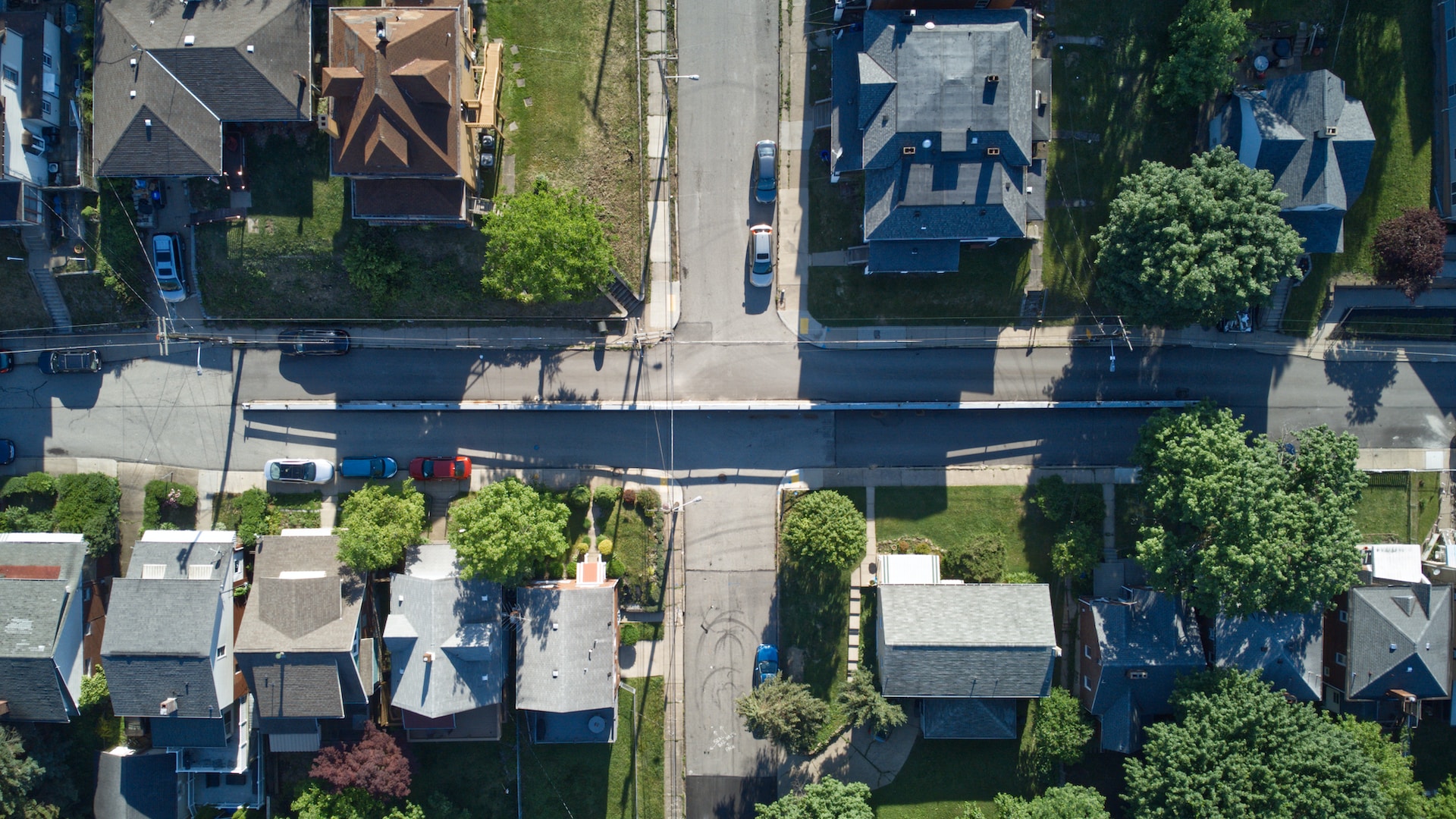
Of course, you don’t want to just keep an eye out for strangers sitting outside your house — you want your neighbors to be safe too. If you notice their foliage is getting overgrown enough to hide someone with nefarious intentions, you could offer to lend a hand to get it back to a manageable state. If they’re going on vacation, you could mow their lawn so it looks like the residents are home. And with the proliferation of at-home package delivery, many neighbors keep each other’s deliveries until someone gets home to collect them.
Create a community network through which neighbors keep each other informed
Many neighborhood watch groups create email lists or Facebook groups to keep abreast of recent developments. Using this method means everyone has the description of the suspicious car parked on the block for several days and can look out for it and report it. It’s also great for sharing other helpful information, such as a reputable roofer after a big storm or offering to share extra fruits or vegetables you’ve grown in your garden.
Hold regular meetings to discuss issues and come up with solutions
Regular meetings ensure neighbors know each other and bring people together for brainstorming in a way that isn’t as effective online. It’s also a great place to invite guests. Because local officials are often engaged in neighborhood watch programs, you could ask them to a meeting to discuss issues like how to get speed bumps placed on your street. Or perhaps you live in an area where disaster preparedness is critical. Why not invite your community’s safety officials to give a presentation that would benefit your entire community?
Neighborhood watch and crime prevention
Many families need two incomes in today’s society, meaning neighborhoods can be deserted during the day, contributing to increased vulnerability to criminal activities. When you go to work, the criminals do, too, making crime prevention a pressing concern. This is why neighborhood watch can be vital in working-class communities, as it promotes vigilance and collective action against crime. And it’s also why engaging retired neighbors and those who work from home is critical for effective crime prevention strategies. People in the area during the day have a good sense of what is normal and what isn’t, enabling them to actively contribute to crime prevention efforts. They can serve as the best resource for reporting suspicious activity to law enforcement and informing the group of their observations, thereby strengthening the overall crime prevention framework within the community.
Part of having an organized neighborhood watch is ensuring your street has signage showing that neighbors are vigilant and look out for each other. It’s also important to be visible whenever possible. Criminals are most likely to follow the path of least resistance when it comes to break-ins, so maintaining visibility for your program will help deter them.
Many communities have public safety officers assigned to specific neighborhoods. Be sure you know your officer and invite them regularly to your meetings to discuss issues arising and ensure they understand your community is participating in its safety.
How to start a neighborhood watch
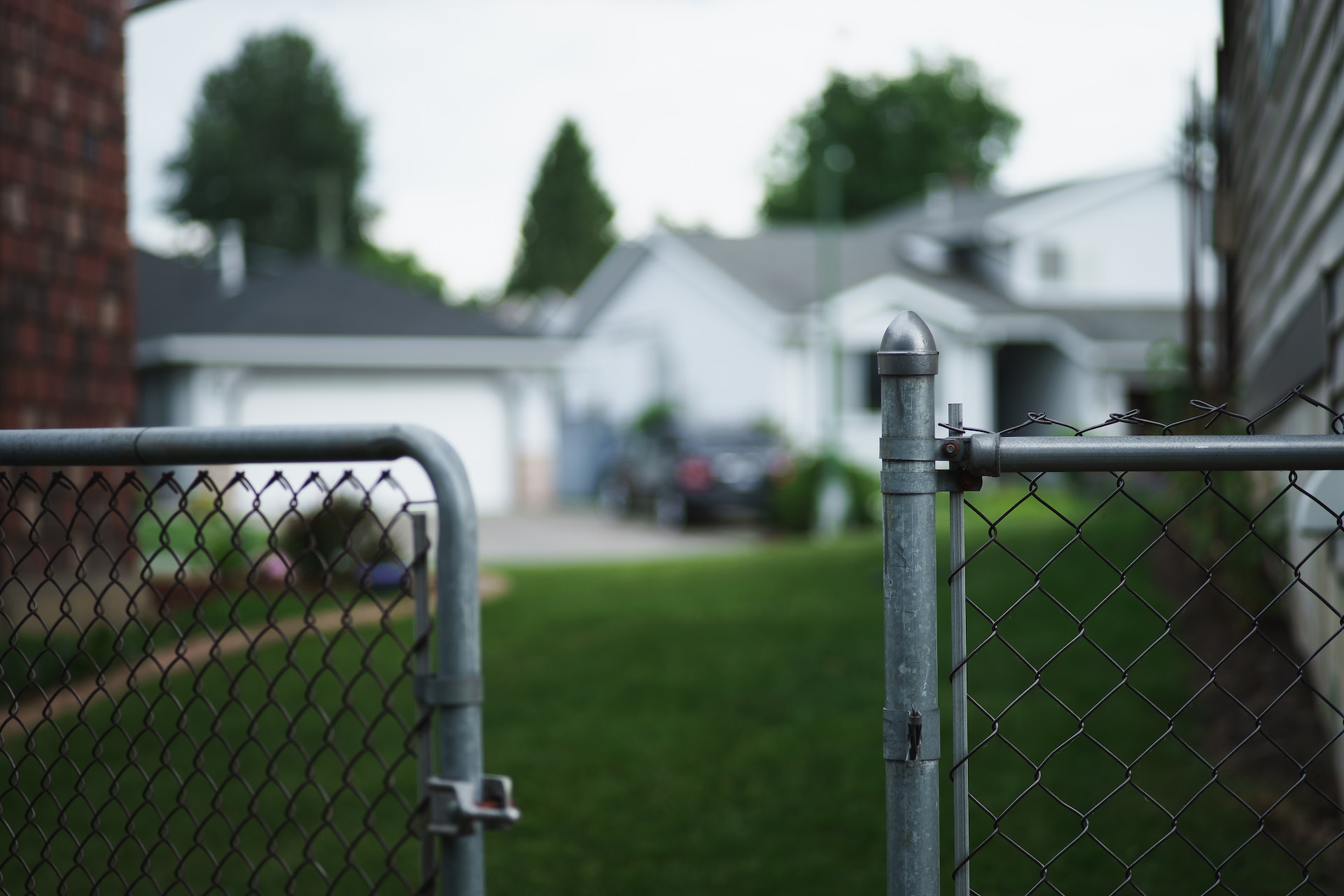
You may be a busy professional with kids to raise, thinking this all sounds like a lot of work. But forming a neighborhood watch group is actually easy. Anyone can participate in neighborhood watch, whether you live in an apartment, a condo, or a single-family home. The first thing to do is decide you want to form a group. Once you’ve made that decision, reach out to your community’s neighborhood watch coordinator, who will help you get started. They may even be able to supply the flyers you’ll need to inform your neighbors. It’s good to poll them to see what time would be best for a meeting, but if you don’t have everyone’s contact information, a good time to set it is in the evening after work and dinner — usually around 7 or 7:30 p.m. The next step is to distribute flyers to your neighbors telling them the meeting date, time, and place. If you’re unsure how to create your flyers, you can use flyer templates that are easy to edit.
At that first meeting, you’ll have a representative from law enforcement who can speak to crime in your area – especially burglary – how neighborhood watch works, when and how to contact them, how to make your home safer, and how National Night Out can help organize your neighborhood. National Night Out is an annual event where communities have meetings and block parties to “take back their streets.”
The representative will also discuss the requirements for becoming an official neighborhood watch group. These usually consist of:
- Holding a certain number of meetings
- Creating a map of your area and roster of participants
- Selecting a block captain and alternate (think someone who’s home a lot)
- Deciding how many signs you want for your area
Once you’re established and your signs are up, scheduling your meetings is good practice. Some groups meet formally, and others take a more relaxed approach, choosing to have BBQs or potlucks to keep each other in the loop.
Best practices for security and safety
Now that your neighborhood watch group is official, the following tips will help you stay safe while improving your community:
- Work with your local law enforcement group. This could be the police or the sheriff’s department, depending on your location. These agencies are your best source for information and training
- Hold regular meetings to get to know your neighbors and work on strategies
- Find other helpful groups you could link with, including community development or tenants’ associations. They might be able to provide additional infrastructure
- Recruit your neighbors
- Ask people at home during the day to keep watch and report suspicious activity
- Gather the facts about crime in your neighborhood
- Take care of conditions that lead to increased crime, like abandoned or overgrown lots
- Ensure children know how to deal with emergencies while walking to and from school or playing in the area
- Make sure everyone knows neighborhood watch groups are not vigilantes and should not take on the role of law enforcement. Neighborhood watch members should be alert, caring, and observant and immediately report suspicious activity or crime to law enforcement
Security tips and gadgets
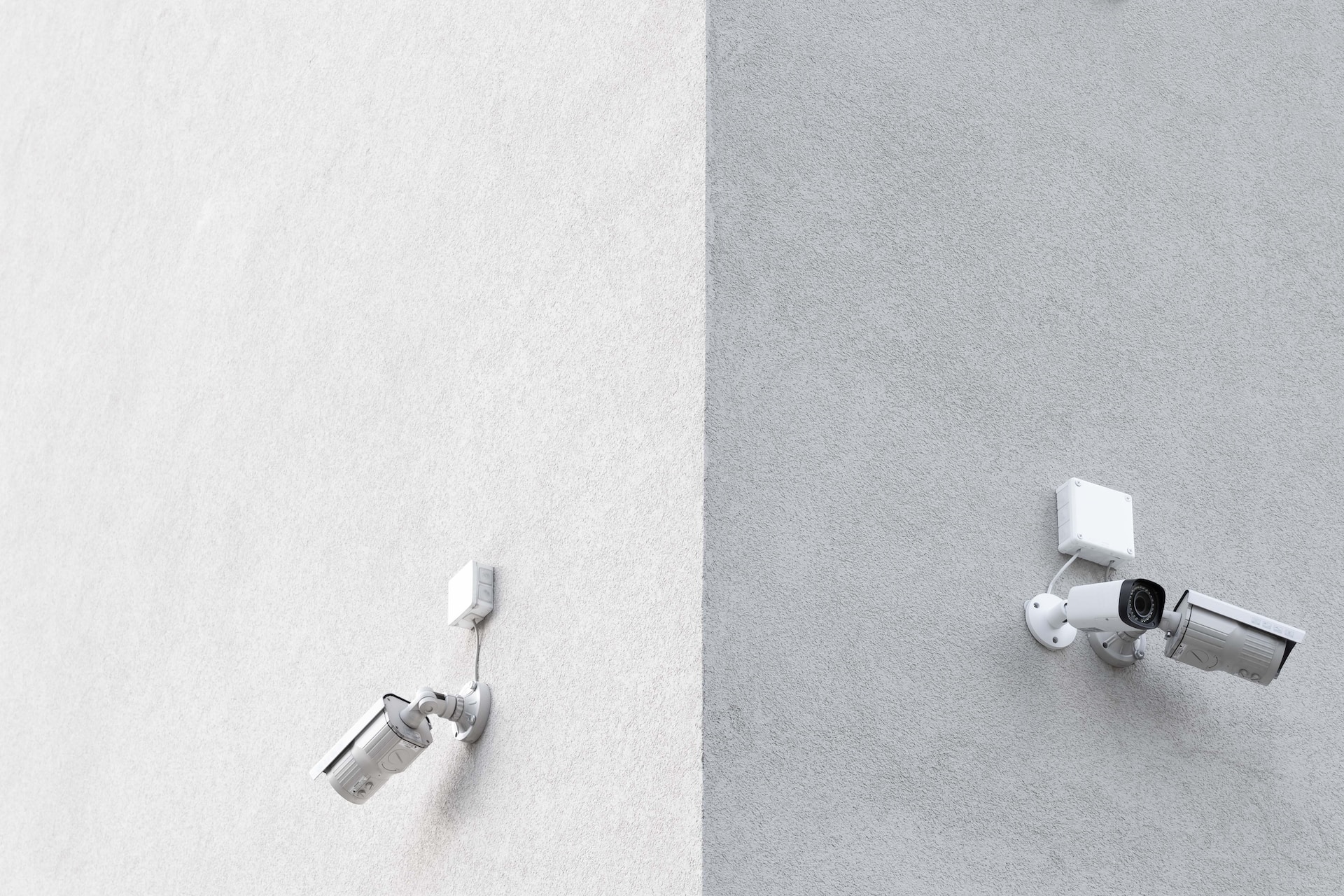
Most residential burglaries occur during the day when you’re at work. If a burglar knocks on the front door and nobody answers, they will check the back door and look for open windows. If the burglar decides no one is home, they will assess the easiest way to get in. This can be prevented! The following tips will help ensure your home is as burglary-proof as possible:
- Choose a metal or solid hardwood door and ensure the frame is strong enough to prevent entry
- Make sure door hinges are on the inside and any windows are at least 40 inches from the locks
- Make sure your deadbolt is at least one inch long
- Make sure your doorway is visible from the street or within a neighbor’s view
- Be sure all the windows have adequate locks in working condition and exterior windows aren’t blocked by landscaping
- If you have a garage, be sure it has a locking mechanism
- Pick up newspapers and mail every day. If you will be away, stop your mail at the Post Office or ask a neighbor to pick it up
- Make sure your valuables aren’t visible from outside
- Light it up! Illuminate your entrances and any areas where someone could access your property. Motion sensor lights are great for this purpose
We’ve already noted that a criminal is most likely to choose the path of least resistance, so you should also consider the following:
- Get a home security system with cameras to enhance your home’s security, and remember to carefully follow the manufacturer’s instructions and consider professional assistance if needed to ensure proper installation and maximize the effectiveness of your security cameras. Additionally, test the camera angles and visibility before finalizing the installation to ensure critical areas are covered and minimize blind spots.
- Use a doorbell that has a camera
These tools are not just great for you — they can document when issues happen around your home.
Lastly, your neighborhood watch group could have cameras installed in the neighborhood at the expense of members. Do your research and consider a fundraiser to defray the costs for individuals.
The thought behind the modern neighborhood watch is residents looking out for one another leads to safer communities. neighborhood watch programs empower residents to actively participate in crime prevention through education, organization, reporting suspicious activity, and partnerships with law enforcement and local officials. The bottom line is that the whole community benefits when neighbors care about each other’s well-being.
In addition to neighborhood watch programs and community cameras, it’s essential to establish a comprehensive home security checklist to fortify your safety further. Secure all entry points, such as doors and windows, with high-quality locks and deadbolts. Ensure your home is well-lit, both inside and outside, using motion-activated lights to deter potential intruders. Invest in a reliable alarm system connecting to a monitoring service for immediate emergency response. Remember to trim shrubs and trees near windows, as overgrown vegetation can provide cover for burglars. Furthermore, establish a trusted network of neighbors who can keep an eye on your property when you’re away and reciprocate the favor for them. A well-rounded home security checklist and an active neighborhood watch program create a robust defense against crime, fostering a safer and more secure community for all residents.
